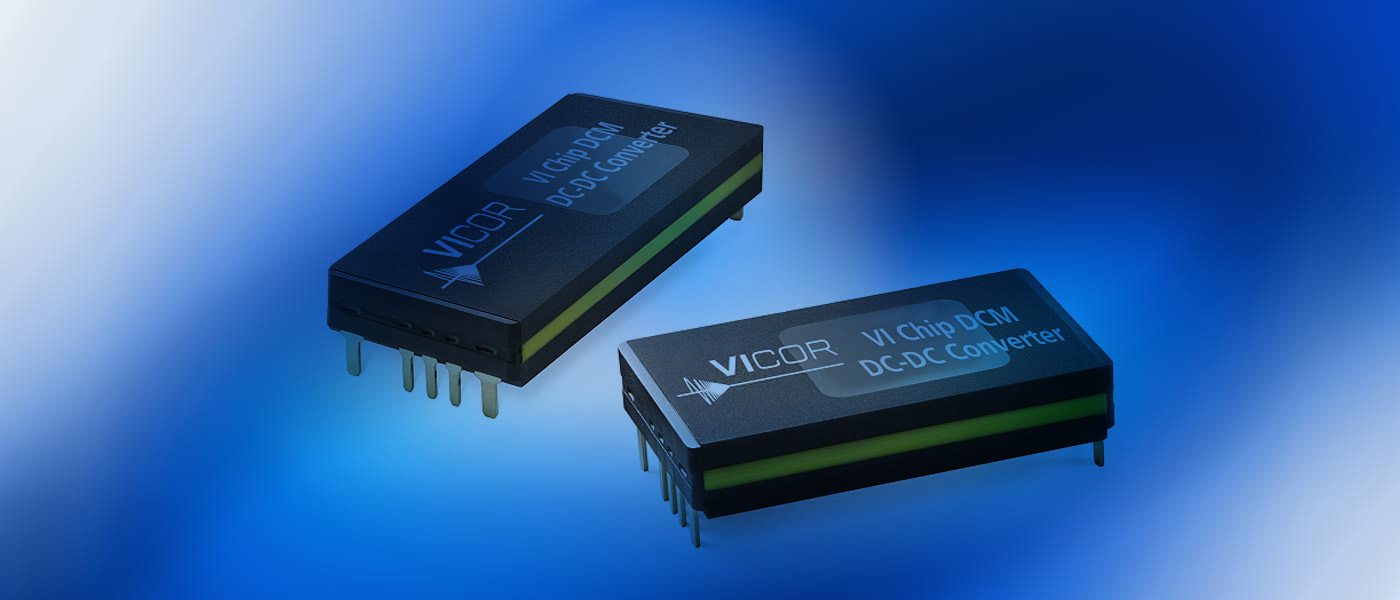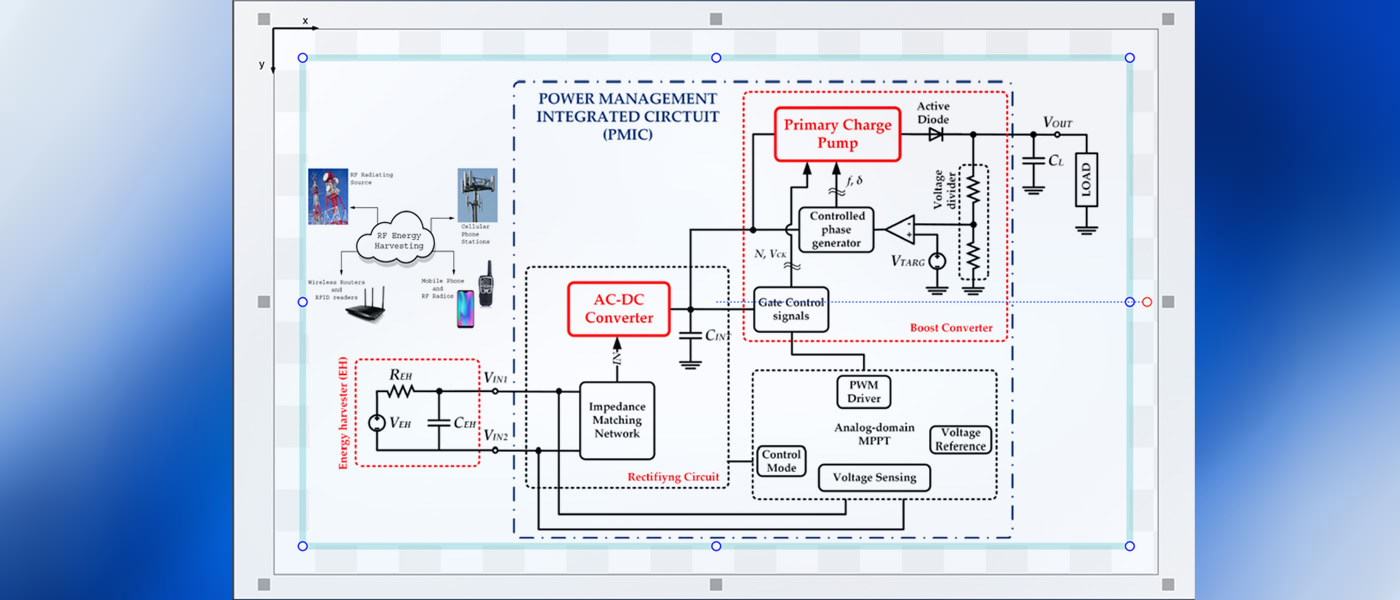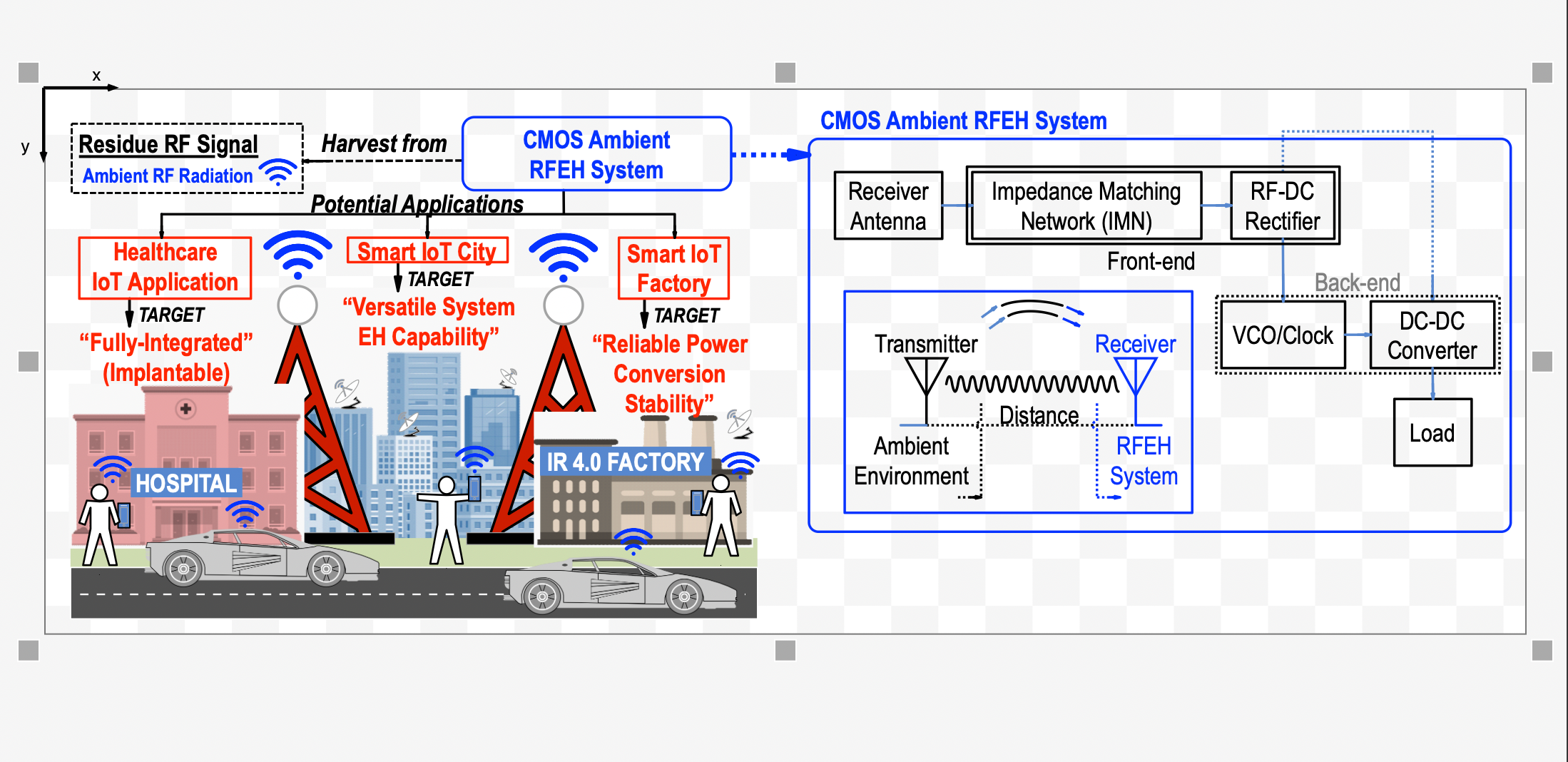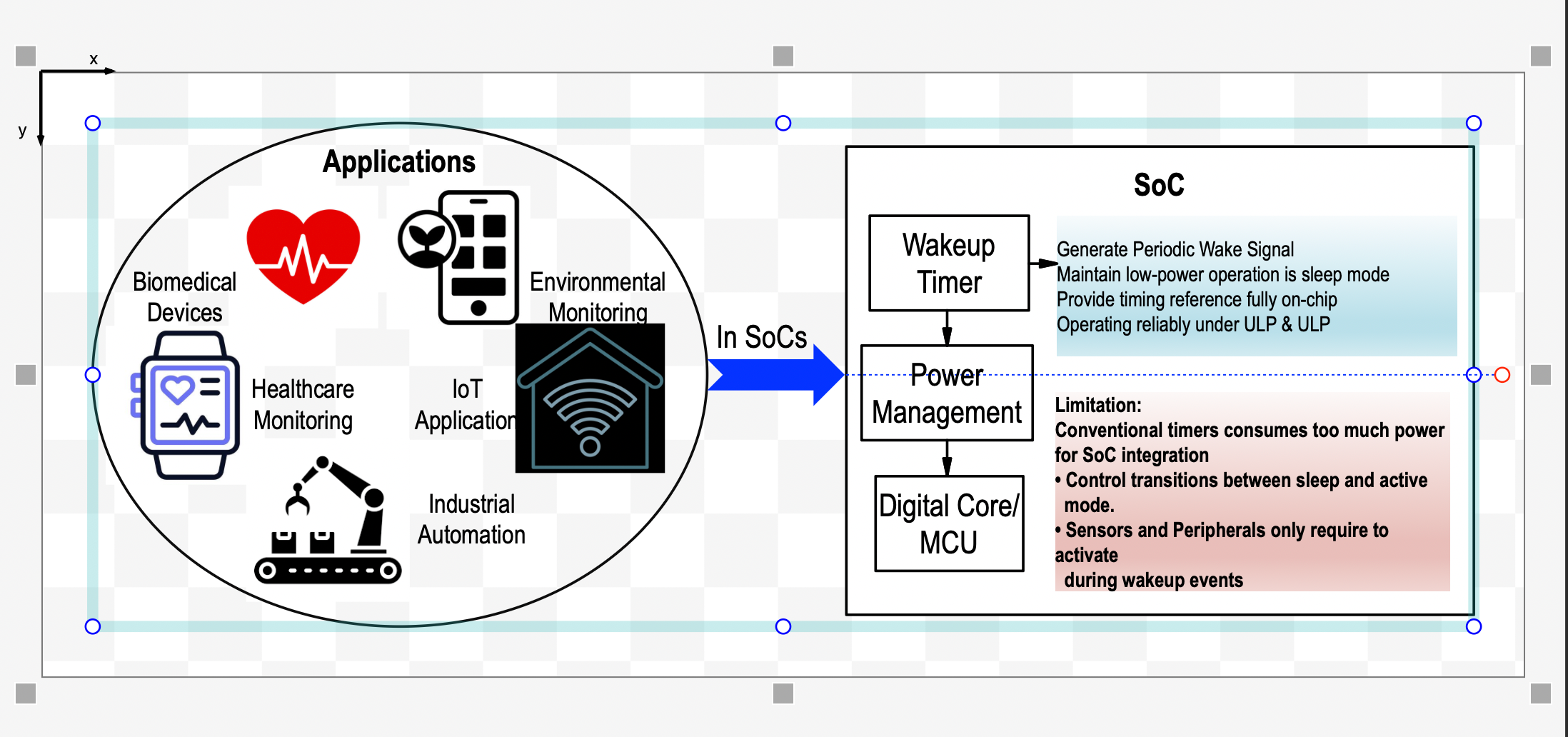Modern DC-DC converters are pivotal in enabling efficient and adaptive power delivery across industries, bridging diverse input sources (2.7V–48V) such as server and automotive buses, USB-PD, and batteries to an output range from 5V to sub-1V, high-current loads like battery, IoT nodes, CPUs and RAM etc. These converters must now also support bidirectional power flow in applications where the source doubles as a load, such as battery-powered laptops (charging from a USB-PD source while simultaneously powering peripherals) also known as adapter-to-device (A2D) systems. Key challenges include wide input voltage ranges, stringent efficiency demands, ultra-tight voltage regulation, and seamless transitions between charging and discharging modes. Advanced topologies like multiphase synchronous buck-boost converters or dual-path current reduction designs, paired with adaptive control, enable compact, high-efficiency solutions for both unidirectional and bidirectional power delivery. Critical applications span data centers (48V-to-1V AI processors), automotive systems (12V/48V battery-to-ECU/ADAS power), and portable electronics (USB-PD laptops with "power role swapping"). Innovations in bidirectional control algorithms, hybrid topologies, and integration with smart power management ICs (PMICs) integration are continually redefining performance benchmarks to meet the sector’s fast-paced, ever-evolving demands.
📌 Main Points :
Purpose of Modern DC-DC Converters :
- Efficient power delivery across various voltage ranges (2.7V–48V input, down to sub-1V output).
- Supports high-current applications (e.g., CPUs, RAM, IoT nodes, batteries).
Bidirectional Power Flow :
- Needed in systems like laptops with USB-PD that both charge and power devices.
- Known as adapter-to-device (A2D) systems.
Challenges Addressed :
- Wide input voltage range.
- High efficiency.
- Tight voltage regulation.
- Smooth transition between charge/discharge modes.
Advanced Topologies :
- Multiphase synchronous buck-boost converters.
- Dual-path current reduction designs.
Control & Innovation
- Adaptive control algorithms.
- Bidirectional control strategies.
- Integration with smart PMICs.
Key Applications
- Data centers : 48V-to-1V conversion for AI processors.
- Automotive systems : 12V/48V battery to ECU/ADAS.
- Portable electronics : USB-PD devices with dynamic power roles.




